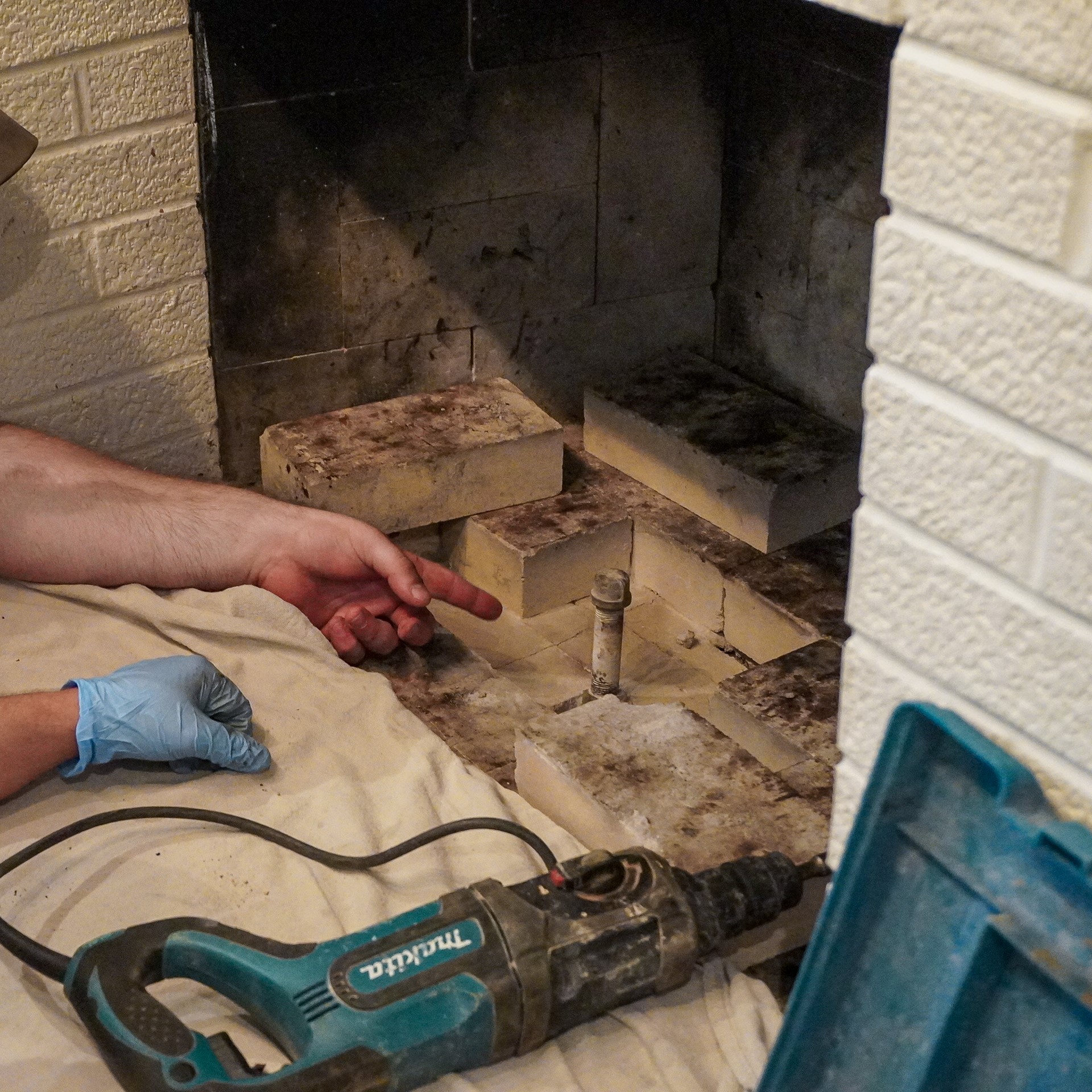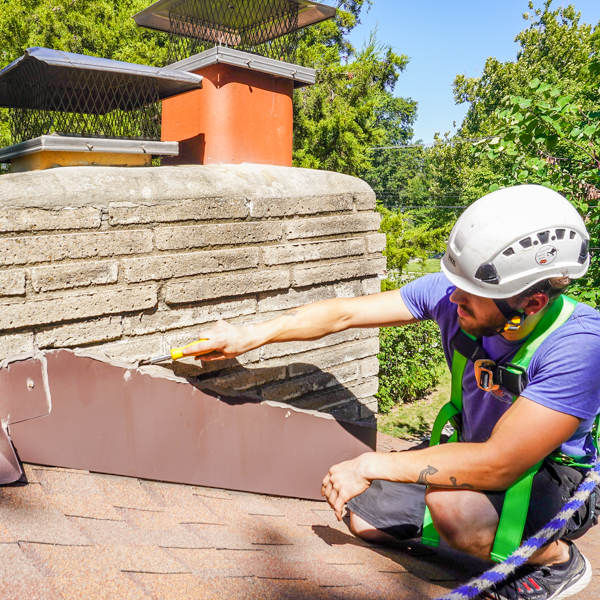Is Your Fireplace Ready for Winter? Here’s how to Find Out.
Just as people prepare for winter, fireplaces and chimneys also need some preparation. The difference is, a fireplace can’t prep itself, so it’s up to you. Here’s a simple guide you can follow.
 Check the firebox
Check the firebox
Before you start using your fireplace regularly, clean the soot and any leftover ashes out of the firebox and take a close look. Does anything look damaged? Are there issues with any of the bricks?
Check the damper
The fireplace damper serves the critical purpose of opening during a fire to provide a thorough draft and closing after a fire to prevent the exchange of air between the home and outside. Does the damper squeak? Is it hard to open and close? It could be rusted or damaged.
Visually inspect your chimney
When you’re looking over your chimney, pay attention to these areas:
Chimney Masonry Condition
Are bricks cracked, is mortar crumbling? Is the chimney tilting or leaning to one side?
Chimney Brick Staining
Do you see white stains on the masonry? Could be the bricks are absorbing a lot of water. What about dark, smoky stains near the top of the stack? This could indicate that chimney fires have happened.
Chimney Cap
Do you have a chimney cap at the top of the chimney? If not, have one installed. If there is a cap, is it damaged, loose, torn or warped?
Chimney Crown
Look at the concrete chimney crown for signs of cracking and deterioration. Crowns (and caps) keep water and snow out of vulnerable areas of the chimney system.
Chimney Flashing
Is the flashing that blocks water from getting into the gap between the chimney and the roof warped or loose? Are sections of it missing?
Have your chimney professionally cleaned
Flammable creosote builds up inside your chimney flue every time you burn a wood fire. Over time, there can be enough creosote accumulation to start a dangerous chimney fire. A professional chimney sweep uses a variety of industry-grade tools to safely remove both creosote and drafting obstructions such as outside debris and small-animal nests.
Watch for signs of a leaky chimney
Chimneys can leak for many reasons and often leave clear signs including:
- Water in the firebox
- Damp sections of walls and the ceiling near the fireplace
- Strong, musty odors coming from the firebox, attic or crawlspaces
- Squeaky fireplace damper (rust)
- White stains on exterior chimney (as noted above)
 Schedule a chimney inspection
Schedule a chimney inspection
While you can spot certain problems with your chimney and fireplace, only a licensed inspector can give the system a clean bill of health, which gives you peace of mind. Chimney inspections can cover a full range of structural and functional issues such as:
- Drafting efficiency
- Damage to the firebox and damper
- Cracks in the bricks and mortar of the exterior chimney
- Damage to the chimney liner
- Problems with the chimney cap, crown and flashing
- Chimney leaks
- Damage caused by chimney fires
It’s best to schedule chimney inspections along with chimney cleaning once a year. But in between service, if you spot any of the issues we’ve talked about here or anything else that seems “unusual,” contact your chimney services provider right away.
Fluesbrothers Chimney & Fireplace of Kansas City, KS, is ready to help with all your winter fireplace and chimney preparation. We provide licensed chimney inspections, chimney cleaning, chimney repairs and chimney rebuilding services. Call your local experts today at (913) 236-7141.
The post Is Your Fireplace Ready for Winter? Here’s how to Find Out. appeared first on Fluesbrothers Chimney Service.